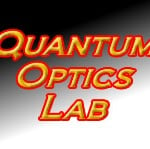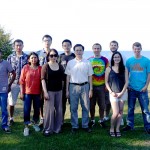
Publications, honors, and patents have been updated for the Quantum Optics Group at Michigan Tech. The research group is led by Dr. Kim Fook Lee, who is interested in experimental quantum optics and biophotonics. In the area of quantum optics, Lee is interested in developing entanglement source for quantum cryptography, communication and information processing.
